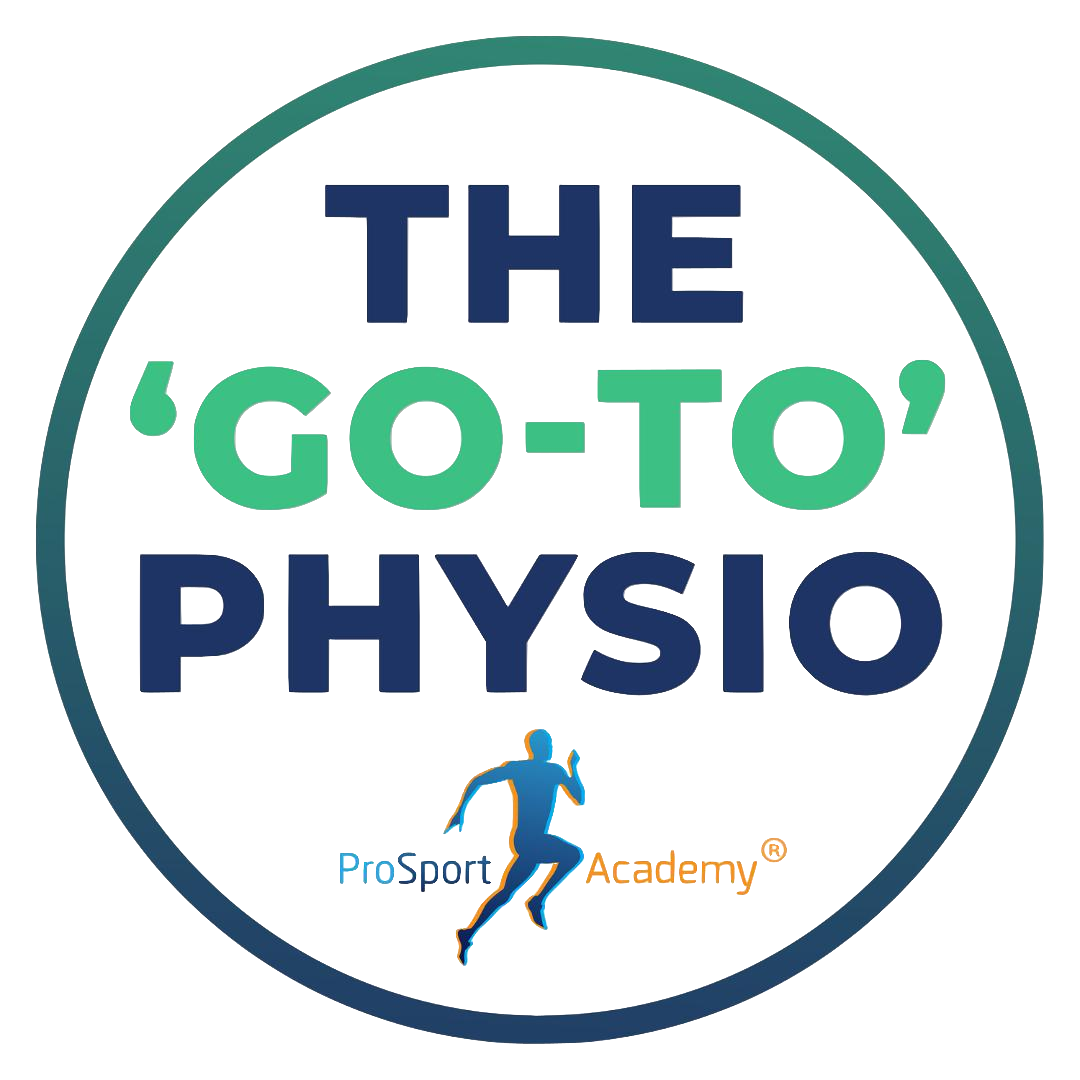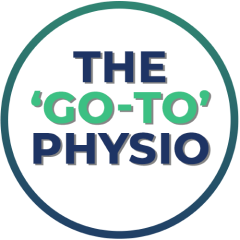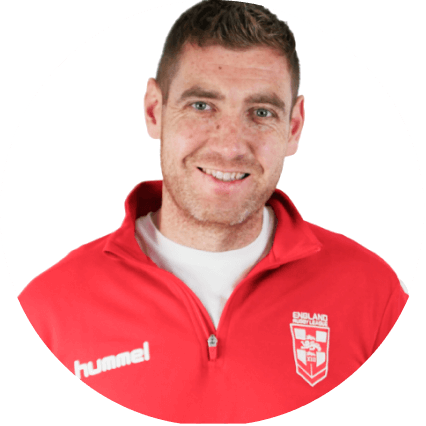Most therapists lack direction in their treatment plans. I was guilty of this during my first couple of years in private practice. I was going into every session not really knowing how far my patient was going to have progressed and with no real plan of where I was going next. Not quite winging it, but with no real structure in place.
Patients still got better, but the more experienced I get the more I realise how important the treatment plan actually is. Nowadays I spend more time in the first session talking through the treatment plan than I do treating. It helps me in two ways:
It forces me to actually write out a treatment plan which helps me to give a more accurate prognosis
It massively helps my patients buy into the treatment plan when they actually know what it is!
Another massive benefit is that when you’re forced to write a treatment plan, you give yourself a framework of where you expect to be next week, the week after, at week 5 etc. If you then get 3 sessions in and you’re not as far down the plan as you expected, you can start to have that conversation with the patient then rather than telling them at session 6 that it’s going to need another couple of sessions.
How Do I Design A Treatment Plan?
By far the easiest way I’ve found is to start at the ideal outcome and reverse engineer the steps required to get there. Let’s take an example:
The patient wants to run 5k…
Before they run 5k they’d presumably need to be able to jog for 15 minutes pain-free…
Before they can jog they’d need to be able to tolerate impact, maybe some hopping drills…
Before they can hop, they’d need to be able to lunge pain-free…
Before they can lunge, they’d need to be able to bridge…
And so on.
So now I have a plan/focus. Session 1 is all about getting them being able to bridge, session two up to a lunge, 3-4 through the hopping drills, session 5 start lightly jogging, session 6 then start to up the running.
I try to keep it as simple as possible. It’s easy sometimes to overcomplicate these things, but giving yourself a really simple focus helps you to make the most of your time in treatment sessions. All of my sessions are 30 minutes, and this forces me to be resourceful in that time frame. There’s no point trying to throw a load of exercises at the patient and hope something sticks, I just want to achieve one thing and that takes them one step further on the plan.
Give it a try with your next initial assessment, and as always, let me know how you find it!
Until then,
Dave O’Sullivan



